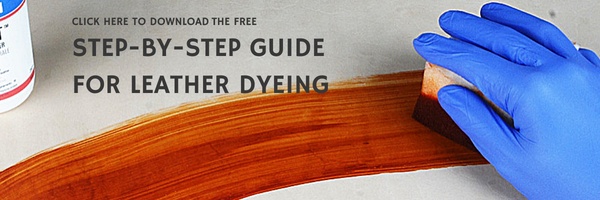What makes natural leather so special?
Leather is a material able to arouse strong emotions in many people, such as, warmth, security, protection, ecc.
It seems like there was something ancestral inside a leather creation. We can not explain the attraction we have towards an item made of leather.
To better understand this power, we must investigate the history that binds man to leather. This link dates back to prehistoric times, when the first man discovered that the animals skin, that they hunted to feed themselves, could actually be transformed in a very precious object.
In prehistory, natural leather could protect man from the environmental factors, warm them up in the cold months, and it could also be transformed in artifacts and tools that could be used to improve the life and work quality.
The use of natural leather is so old that the first leather artifact would be dated around 1300 BC. From that date forward, man was continuously looking to improve their knowledge in the treatment and use of leather.
But man soon had to deal with the organic nature of this material, because if not treated, natural leather rot in a very short period of time, becoming unusable.
Man's experience and observations led him to note that exposing the leather to smoke or immersing it in water together with leaves and branches of trees, helped the leather to decompose more slowly and making it usable for longer.
.jpg?width=600&name=history%20of%20natural%20leather%20(2).jpg)
It were the Sumerians in the Middle East, who made significant progress in the leather treatment, starting to talk about the Leather Tanning Process, that has been improved during the following years by European Culture.
So, the first and most ancient tanning process is called vegetable tanning, precisely because the raw materials used in this process are the tannins, a key element that is contained in different quantities in all the vegetables. So, the veg-tanning process, transforms raw leather into natural leather; immersing branches, bark, wood and leaves in water together with the leather. In this way, the tannins present in the plant elements are released into the water and then conveyed inside the leather.
From this ancient process the natural veg-tanned leather was created and it's still used in the most traditional leather crafting activities.
Furthermore natural leather could also be colored choosing the correct leather dye to maintain its original look.



